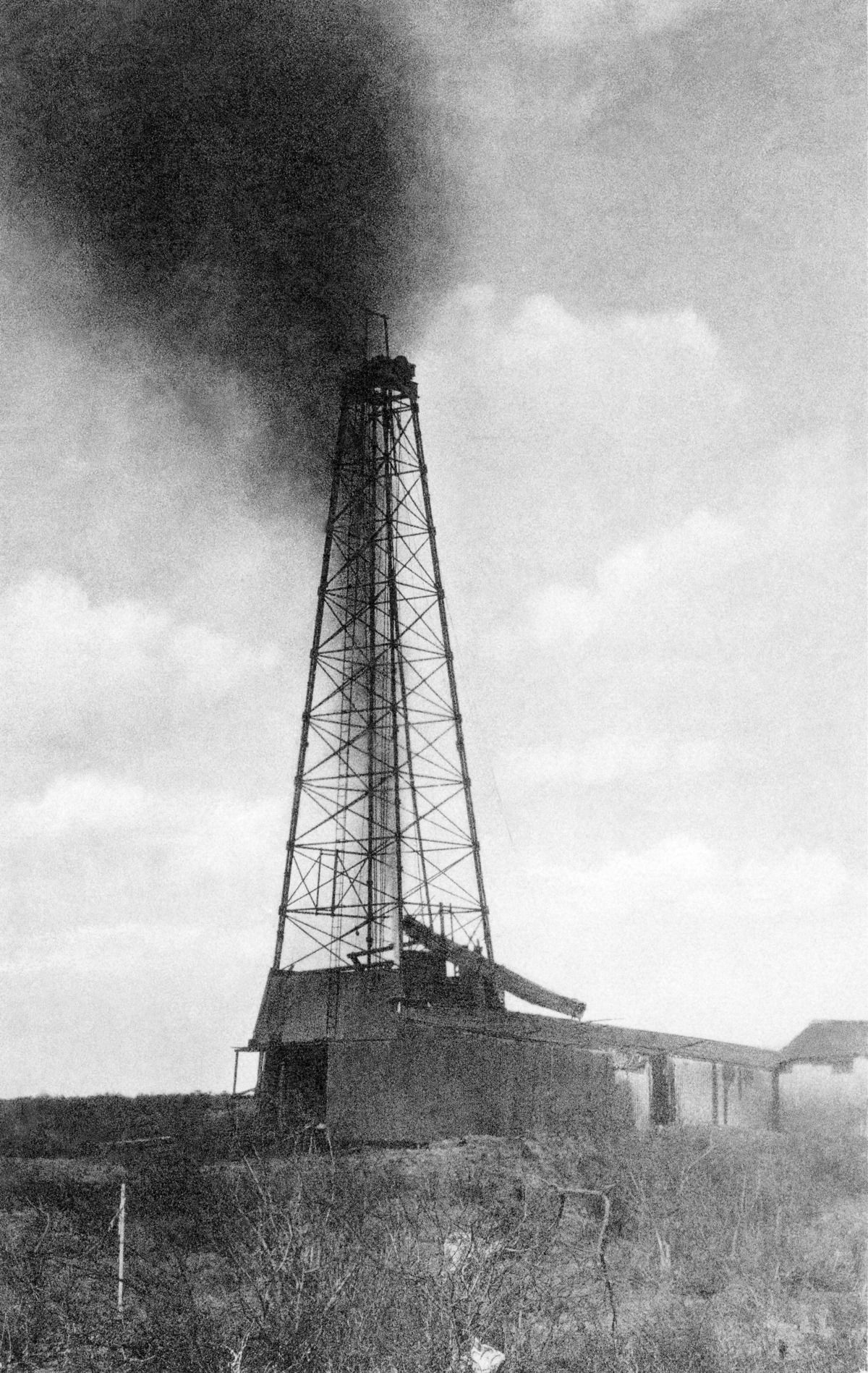

Sign In
Welcome! Sign In to personalize your Cat.com experience
If you already have an existing account with another Cat App, you can use the same account to sign in here
Register Now
One Account. All of Cat.
Your Caterpillar account is the single account you use to log in to select services and applications we offer. Shop for parts and machines online, manage your fleet, go mobile, and more.
Account Information
Site Settings
Security
Fracking: Drilling down on the evolution
of the industry
Parts & Services
-
Cat® Engine Lifecycle
Learn More -
Extend the Life of Cat® Oil and Gas Equipment
Learn More -
Protect Your Cat® Investment
Learn More -
Maintain Equipment Performance
Learn More -
Monitor your Oil and Gas equipment with Cat® Connectivity
Learn More -
Oil and Gas Education for Technicians
Learn More -
Finance and Warranty for Oil & Gas
Learn More
Sustainability
About
Modern high-volume hydraulic fracturing (“fracking”) is a technique used to extract natural gas or oil from shale and other forms of “tight” rock, which are impermeable rock formations that lock in oil and gas and make fossil fuel production difficult.
Large quantities of water, chemicals, and sand are blasted into these formations at pressures high enough to crack the rock, allowing the once-trapped gas and oil to flow to the surface.
Today, more than 95 percent of U.S. natural gas and oil wells today are developed using hydraulic fracturing, according to the American Petroleum Institute (API). Since 2015, oil extracted through fracking has accounted for more than half of total U.S. crude oil production. In 2022, two-thirds of all U.S. oil came from fracking, compared to under seven percent two decades ago.
History of Fracking
The idea for fracking—or “shooting the well,” as the practice was once referred to—dates back to 1862 and has been credited to a Colonel Edward A. L. Roberts. In the midst of fighting during the Civil War’s Battle of Fredericksburg, Roberts noted the impact that artillery had on narrow, water-filled channels.
A few years later, he applied his battlefield observations to the design of an exploding torpedo that could be lowered into an oil well and detonated, shattering surrounding rock. When water was then pumped into the well, oil flows increased—in some cases by as much as 1,200 percent—and fracking was established as a way to increase a well’s productive potential.
The first industrial use of hydraulic fracturing was as early as 1903, according to the U.S. Geological Survey.
The more recent history of hydraulic fracturing in the United States dates back to 1947, when explosives were replaced with high-pressure blasts of liquids, making hydraulic fracturing the standard in the oil and gas industry.
It wasn’t until the turn of the century that two key changes helped spark fracking’s current boom. One was the use of a certain type of fracturing fluid: slickwater, a mix of water, sand, and chemicals to make the fluid less viscous.
The other innovation was the pairing of fracking with horizontal drilling, a technique that increases the productive potential of each well because it can reach more of the rock formation that contains the oil and gas. These advances, combined with an influx of investment amid high global fossil fuel prices, sent fracking into overdrive.
Fracking has helped America become energy secure by making America less dependent on imports for oil and natural gas. In 2020, the United States became a net exporter of petroleum for the first time since at least 1949. In 2022, total petroleum exports were about 9.52 million barrels per day (b/d) and total petroleum imports were about 8.33 million b/d, making the United States an annual net total petroleum exporter for the third year in a row, according to the U.S. Energy Information Administration (EIA).

Shale fracking
Hydraulic fracturing of shales goes back at least to 1965, when some operators in the Big Sandy gas field of eastern Kentucky and southern West Virginia started hydraulically fracturing the Ohio Shale and Cleveland Shale, using relatively small fracs. The frac jobs generally increased production, especially from lower-yielding wells.
From 1976 to 1992 the United States government funded the Eastern Gas Shales Project, a set of dozens of public-private hydro-fracturing pilot demonstration projects. The program made a number of advances in hydraulic fracturing of shales.
George P. Mitchell has been called the "father of fracking" because of his role in applying it in shales. In the 1980s and 1990s, Mitchell Energy & Development Corp. experimented with application of different techniques of hydraulic fracturing at the Barnett Shale of Texas, eventually finding the right technique to economically extract the natural gas in the formation. The approach was widely adopted by the gas industry and spawned a new gas boom in North America.
The first horizontal well in the Barnett Shale of north Texas was drilled in 1991, but was not widely done in the Barnett until it was demonstrated that gas could be economically extracted from vertical wells in the Barnett.
In 1997, Nick Steinsberger, an engineer at Mitchell Energy (now part of Devon Energy), applied the slickwater fracturing technique, using more water and higher pump pressure than previous fracturing techniques, which was used in the Barnett Shale. The new technique proved to be successful when the first 90 days of gas production from a well exceeded production of any of the company's previous wells. This new completion technique made gas extraction widely economical in the Barnett Shale, and was later applied to other shales.
Since 2010, the U.S. shale revolution saw natural gas production nearly double, while U.S. total energy-related CO2 emissions have declined significantly, according to API. Thanks to fracking, the United States has reduced CO2 emissions to levels not seen in more than two decades. Better equipment and engine efficiency and improved technologies mean less energy consumption—thus lower air emissions—per unit of energy produced.

